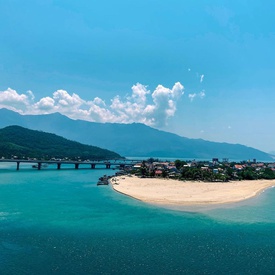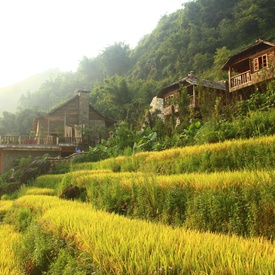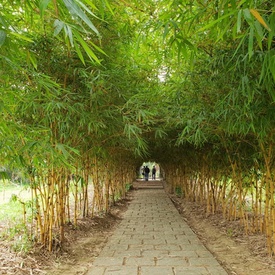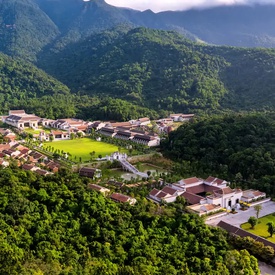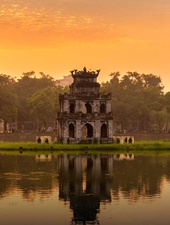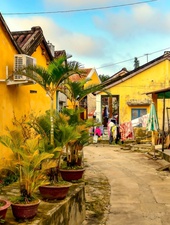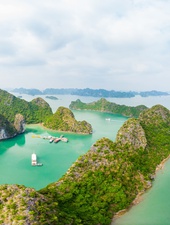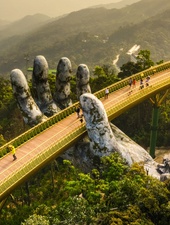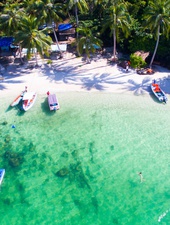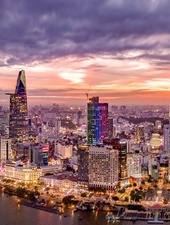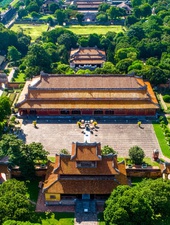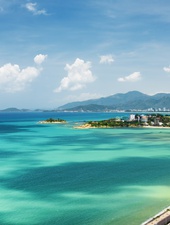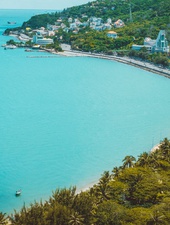Sapa
Terrace Rice Paddy Fields, Friendly Ethnic Locals, Eco-friendly Resorts
Locally known as the “town of clouds,” Sapa is a charming treasure that lies in Northwest Vietnam. With a glance, it mesmerizes travelers with the beauty of iconic cascading terraced rice fields, lush valleys, and emerald mountains side by side. Endowed by nature, it’s no surprise that Sapa has become one of the most alluring destinations in the country.
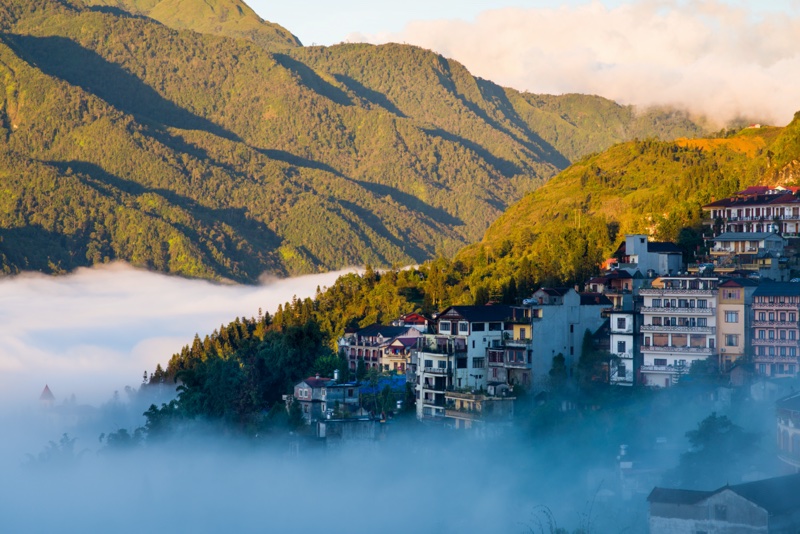 Sapa valley city in the mist in the morning
Sapa valley city in the mist in the morning
What makes Sapa even more special is the cultural richness of its local ethnic minorities, evident in the diverse customs and beliefs that flourish here. Nestled in the idyllic rugged valleys are small hill tribe villages, home to the Hmong, Dzao, and Tay groups, who have inhabited the area for hundreds of years, preserving their cultures and traditions. Experiencing local life through colorful ethnic costumes, traditional dances, and songs performed by local tribespeople offers a memorable experience that lingers in your mind long after your visit.
Best Time to Visit
At an altitude of 1,560 meters above sea level, Sapa boasts a sub-temperate climate year-round. The town experiences four distinctive seasons, with an average temperature of 15.4°C.
The ideal time to explore this mountainous hub is during spring (March to May) when wildflowers bloom vibrantly. Spring is also the season when hill tribes showcase their unique cultures through numerous festivals. If you visit in April, you might even experience all four seasons of Vietnam in a single day.
From September to November, when the summer heat subsides, Sapa transforms into a paradise for photographers and hikers. The best opportunity to capture stunning photos of the golden rice terraces occurs in September. Occasionally, breathtaking snow can be seen in Sapa during winter (December to February), providing adventurous travelers with a unique chance to marvel at snow-capped mountains—an unforgettable experience in a tropical country like Vietnam.
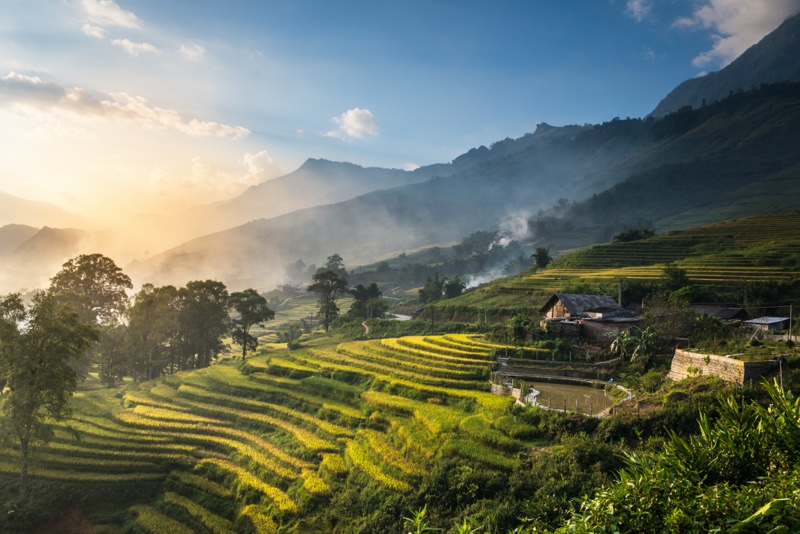 Rice terrace in Sapa
Rice terrace in Sapa
Major Attractions
Fansipan Mountain
As one of the top highlights in Sapa and a must-visit for adventurous travelers, Fansipan is not only the highest peak in Vietnam but also referred to as the “roof of the Indochina Peninsula.” The trek offers breathtaking panoramic views of majestic mountains, lush valleys, and dense forests, challenging both novice and experienced hikers.
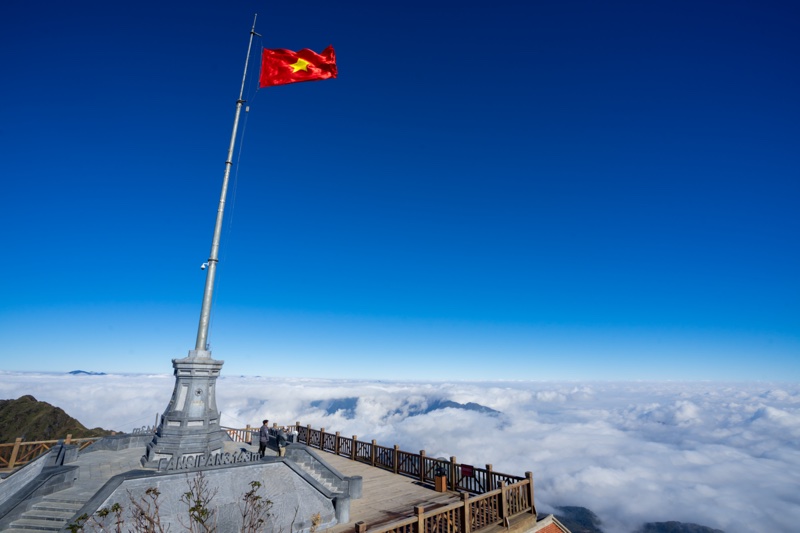 Fansipan mountain
Fansipan mountain
Muong Hoa Valley
Nestled among magnificent mountains, this rustic and peaceful valley is celebrated for its romantic beauty, unspoiled nature, and the rich culture of local ethnic minorities. Perhaps its most remarkable feature is its ancient rock field, acknowledged as a unique heritage of ancient Vietnam, filled with hundreds of carvings scattered across the meadows and terraced fields.
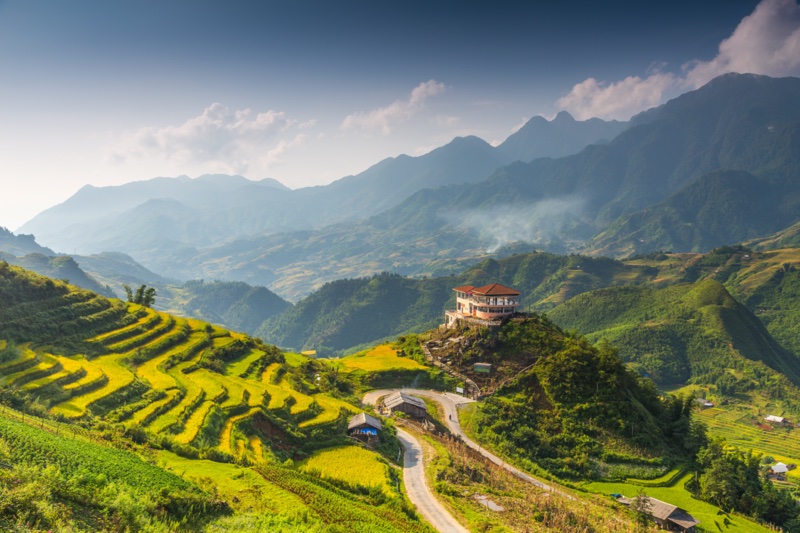 Muong Hoa valley
Muong Hoa valley
Bac Ha Market
Located about 100 km from Sapa, Bac Ha is the largest ethnic market in Vietnam's Northwest region. Drawing thousands from nearby hill tribes, it provides travelers with an excellent opportunity to experience the vibrant cultural diversity of Sapa while enjoying traditional and colorful ethnic costumes.
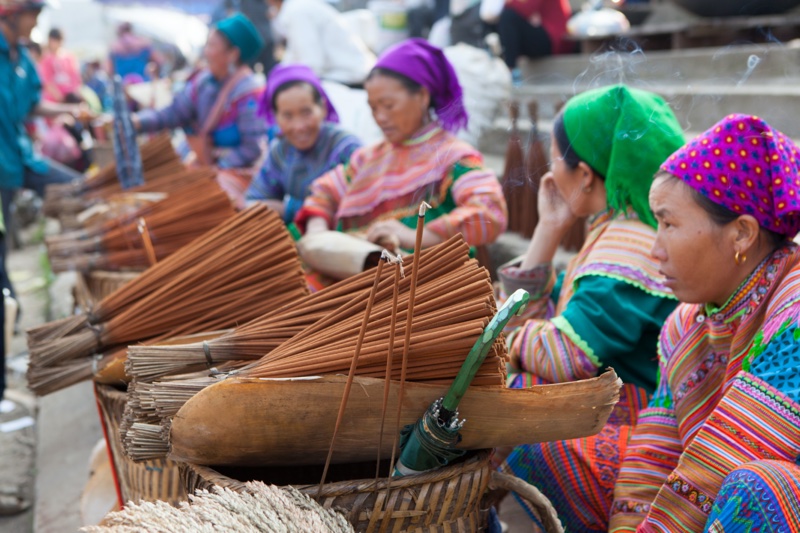 Hmong minority women selling incense at Bac Ha market
Hmong minority women selling incense at Bac Ha market
Sapa Love Market
The Sapa Love Market offers a uniquely cultural experience that no visitor should miss. Every Saturday evening, the town bustles with the charming presence of young indigenous people who engage in enchanting dances while dressed in colorful costumes. It is more than just a place for young ethnic individuals to seek marriage partners; it also serves as a vibrant hub for cultural exchange and social gatherings.
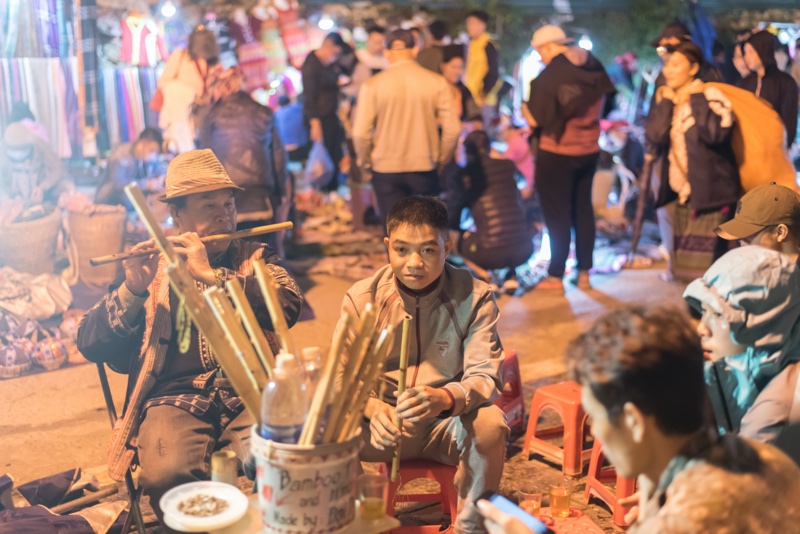 Sapa Love market
Sapa Love market
Cave of Fairies
The pristine beauty of the Cave of Fairies captivates visitors from their very first glimpse. The emerald waters of the Chay River, surrounded by towering cliffs, transform this limestone cave into an ethereal paradise. The Cave of Fairies appears as if it were taken straight from a fairy tale.
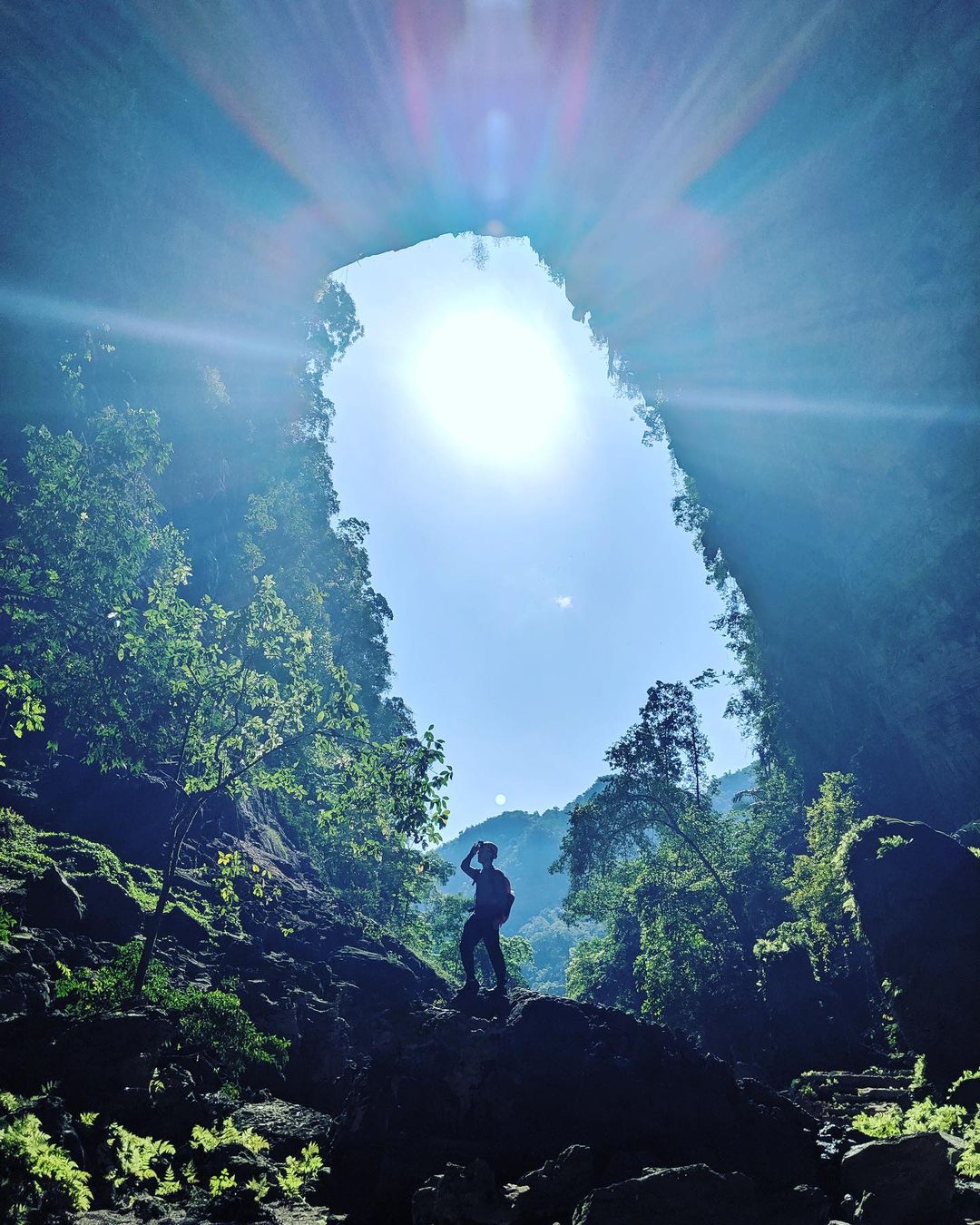 Fairy cave in Sapa - Photo: @oxalisadventure
Fairy cave in Sapa - Photo: @oxalisadventure
The Heaven Gate
Perched atop the Tram Ton Pass in the Hoang Lien Son mountain range, Heaven Gate is located about 18 kilometers north of Sapa. It provides breathtaking views over the valleys between Fansipan, the "roof of the Indochina Peninsula." True to its name, Heaven Gate offers a sublime landscape marked by majestic mountains and steep drops, creating unforgettable memories for newcomers to Sapa.
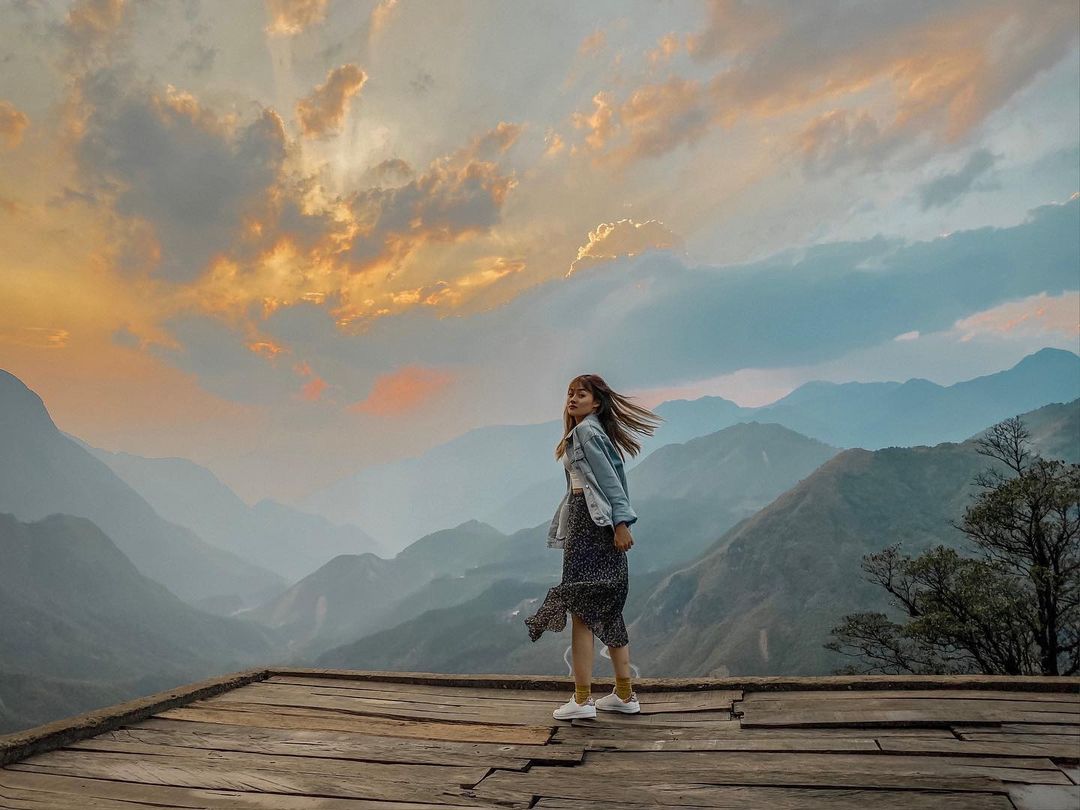 Heaven Gate - Photo: chippham.ig
Heaven Gate - Photo: chippham.ig
Cat Cat Village
Cat Cat Village is a stunning ancient village in Sapa, characterized by traditional wooden houses, flowing streams, intricate brocade, and hospitable ethnic inhabitants. Home to the H'Mong ethnic group, this charming locale retains the age-old traditions of cultivating flax and cotton, as well as weaving exquisite brocade fabrics. Visiting the village offers insights into the unique customs and practices of the H'Mong, along with opportunities to experience their local hospitality.
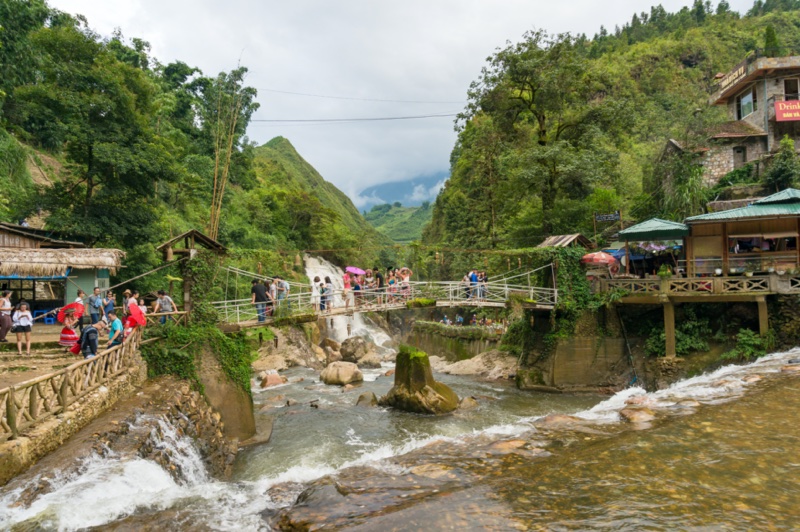 Cat Cat village
Cat Cat village
Where to Stay
The misty town of Sapa boasts a range of accommodation options, particularly for travelers on a budget, including hostels, hotels, and family-run homestays.
For those seeking luxury accommodations, numerous options cater to various tastes and budgets. Many hotels offer stunning views of the valleys across the Hoang Lien Mountains and Fansipan. Depending on your needs, you can choose to stay in either downtown accommodations or village settings. If convenience is a priority, a downtown hotel is an excellent choice, situated near popular attractions, restaurants, and bars. Those looking for a more authentic experience may prefer village accommodations, which offer a tranquil escape just a 20-minute ride away, featuring quiet hamlets and welcoming homestays.
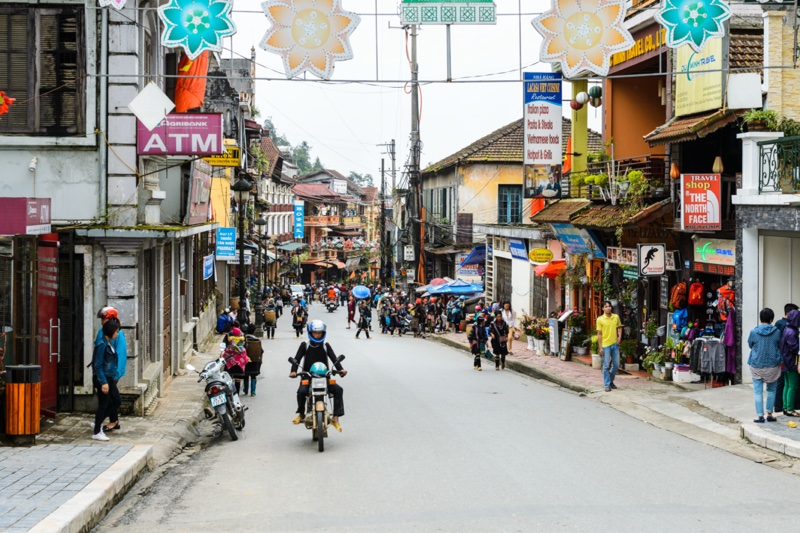 Sapa downtown
Sapa downtown
Many downtown hotels also offer visa arrangement services, train tickets, and local Sapa tour packages for an additional fee. Sapa can become crowded during peak seasons, so visitors are encouraged to make reservations in advance. Weekend prices may also be slightly higher due to increased demand.
How to Get There
Due to its remote location in the Northwest mountainous area with no nearby airport, Sapa is accessible solely by road or rail.
By Train
The most scenic way to reach Sapa from Hanoi is by train to Lao Cai followed by an hour-long bus or taxi ride to the town. The journey takes about 8 hours, providing picturesque views of the surrounding landscapes. Vietnam Railways operates two daily express trains from Hanoi to Lao Cai, leaving at 9:35 PM and 10:00 PM from Gia Lam Station. The train stops only at major stations, ensuring a smooth and uninterrupted trip.
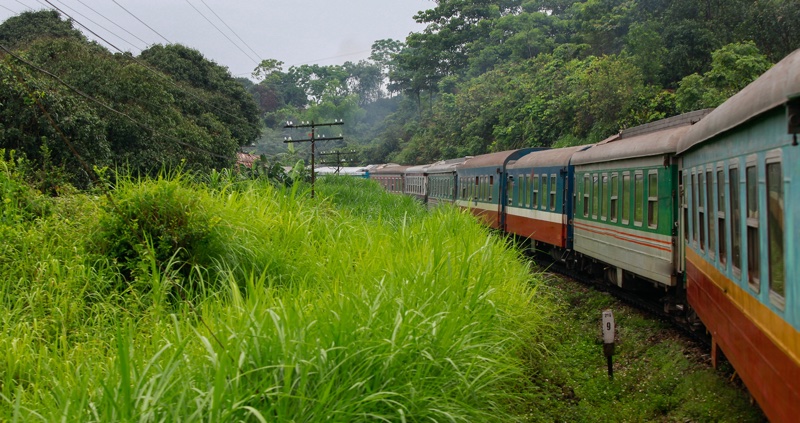 Train going to Sapa
Train going to Sapa
By Bus
Thanks to the new expressway from Hanoi to Lao Cai, traveling to Sapa from the capital now takes only about 5 hours by shuttle bus. Ticket prices generally range from 220,000 VND to 450,000 VND (approximately 10-20 USD). As this is a non-stop journey directly to the town, visitors save ample time on transfers.
 Bus to Sapa
Bus to Sapa
By Motorbike/Scooter
For the adventurous, riding a motorbike or scooter provides a captivating way to reach Sapa. The journey from Hanoi takes around 10 hours. Although the scenic yet rugged terrain presents spectacular views, it may not be suitable for novice riders. Remember, an international driver's license is required to rent and ride a motorbike in Vietnam. It’s wise to pack warm layers, as nighttime temperatures can drop significantly during the trip.
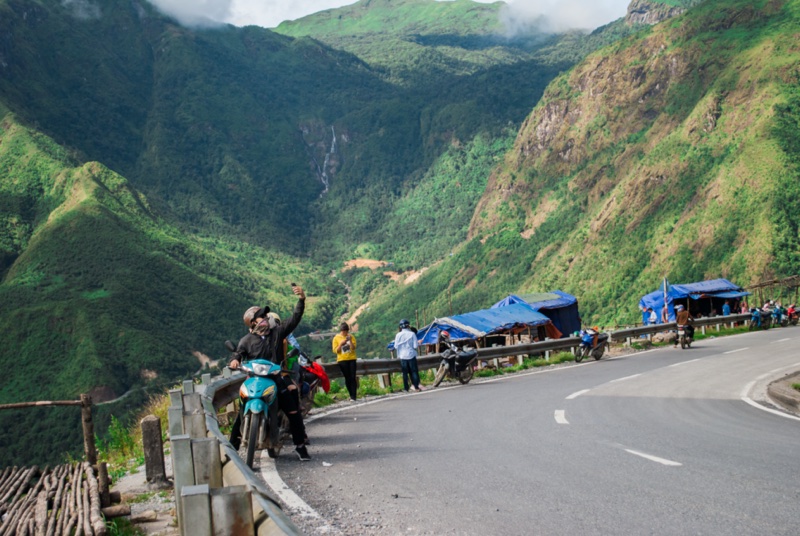 Riding motorbike to Sapa
Riding motorbike to Sapa
| 12°C | ||
| Humidity | 93% | |
| Wind | 5.5 km/h | |
| Sunrise | 23:43 | |
Seasonal Guides
Best Of Sapa
See, Eat, Sleep, Shop, Stay - The Best of Sapa
Frequently asked questions
What should I bring for my trip to Sapa?
No matter the season, bringing a jacket to Sapa is essential. While daytime temperatures can be warm, mornings and evenings tend to be chilly. If you're planning to trek and camp overnight, make sure to pack sturdy trekking shoes, a raincoat, a flashlight, basic medicines, insect repellent, a hat, sunscreen, snacks, and plenty of water. For a weekend getaway with friends or family, you can pack lighter—most essentials are readily available in town.
What are Sapa's specialties?
Sapa is home to a variety of intriguing and delicious local dishes. You can savor these culinary delights in local restaurants, at street vendors' stalls, or even in your hotel or homestay.
Here are some must-try dishes during your visit to Sapa:
- Salmon Hot Pot (O Quy Ho Restaurant, A Phu Sapa Restaurant)
- Com Lam (grilled rice in bamboo tubes) (available at street vendors and local eateries)
- Grilled foods (pork, chicken, fish, corn, and vegetables) (street vendors)
- Thit Trau Gac Bep (dried buffalo meat) (Sapa Night Market, Fansipan Restaurant)
- Thang Co (Horse Meat Soup) (A Quynh Restaurant, Moment Romantic Restaurant)
- Mam Da (wild vegetables) (Sapa Grilling Area)
What are the must-visits in Sapa?
When visiting Sapa, be sure to add these highlights to your itinerary:
Fansipan Mountain, known as the Roof of Indochina, stands at 3,147 meters.
Muong Hoa Valley
Ham Rong Mountain
Cat Cat Village
Silver Waterfall
Terraced Rice Fields
Sapa Church
Love Market
What makes Sapa different?
Sapa remains a popular destination for tourists year-round. Here’s why Sapa captivates so many visitors:
- The climate is mild and enjoyable throughout the year, with average temperatures around 15°C. Summer highs reach about 25°C, while winter can dip below 0°C.
- Stunning landscapes, including terraced rice fields, majestic mountains, and charming French colonial architecture.
- A vibrant culture represented by ethnic minority communities, showcased through stilt houses, local markets, and welcoming residents.
- Ideal for both relaxation and adventure.
- An abundance of breathtaking attractions awaits!
How to best reach Sapa from Hanoi?
The distance from Hanoi to Sapa is approximately 376 km. The most common ways to reach Sapa are by train or by an overnight sleeper bus, both of which are convenient, safe, and budget-friendly. When booking train tickets, you can select from various seating options for optimal comfort. It's recommended to schedule your departure for the evening (around 9 – 10 PM) to arrive in Sapa early the next morning, maximizing your travel efficiency.
When is the best time to visit Sapa?
The best time to visit Sapa is during Spring (March to May) and Fall (September to November). These months offer pleasant temperatures, with sunny, dry days and cool nights, making them perfect for outdoor activities and photography. While Summer (June to August) can be hot and humid, Sapa's elevation keeps it cooler than the cities. For those seeking a unique experience, Winter (December to February) brings colder weather, and occasionally, even snow, offering a different charm to the region.


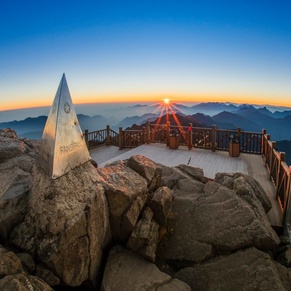 Fansipan Mountain Sapa
Fansipan Mountain Sapa
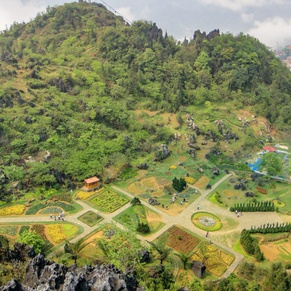 Ham Rong Mountain
Ham Rong Mountain
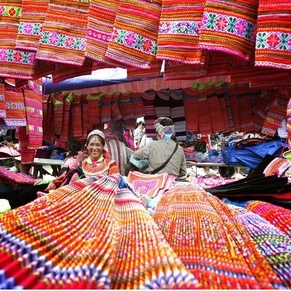 Sapa Market
Sapa Market
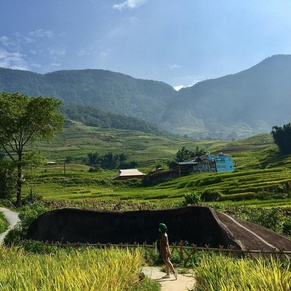 Ancient Stone Field in Sapa
Ancient Stone Field in Sapa
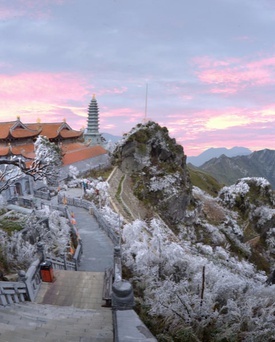 Sapa in January
Sapa in January
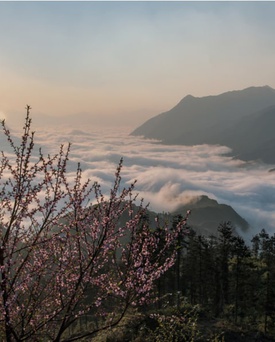 Sapa in February
Sapa in February
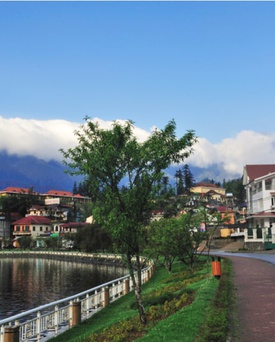 Sapa in March
Sapa in March
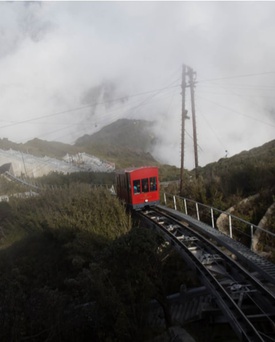 Sapa in April
Sapa in April
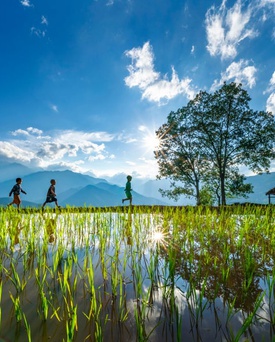 Sapa in May
Sapa in May
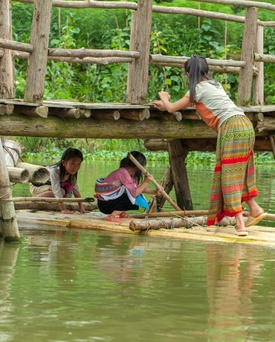 Sapa in June
Sapa in June
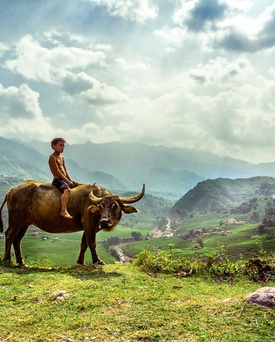 Sapa in July
Sapa in July
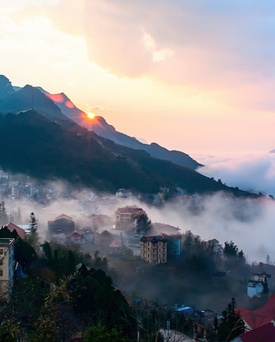 Sapa in August
Sapa in August
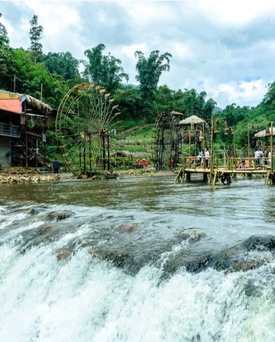 Sapa in September
Sapa in September
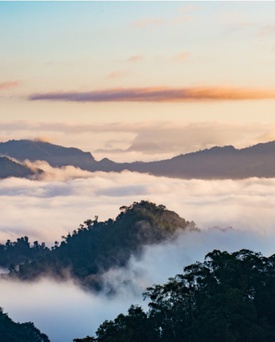 Sapa in October
Sapa in October
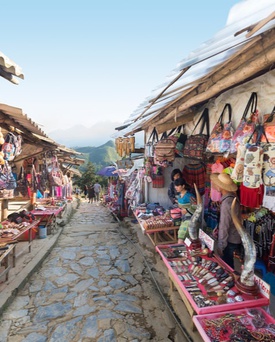 Sapa in November
Sapa in November
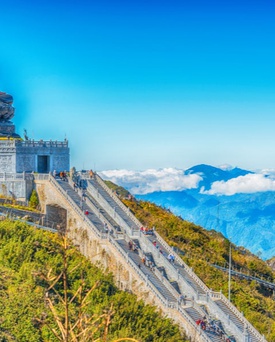 Sapa in December
Sapa in December
